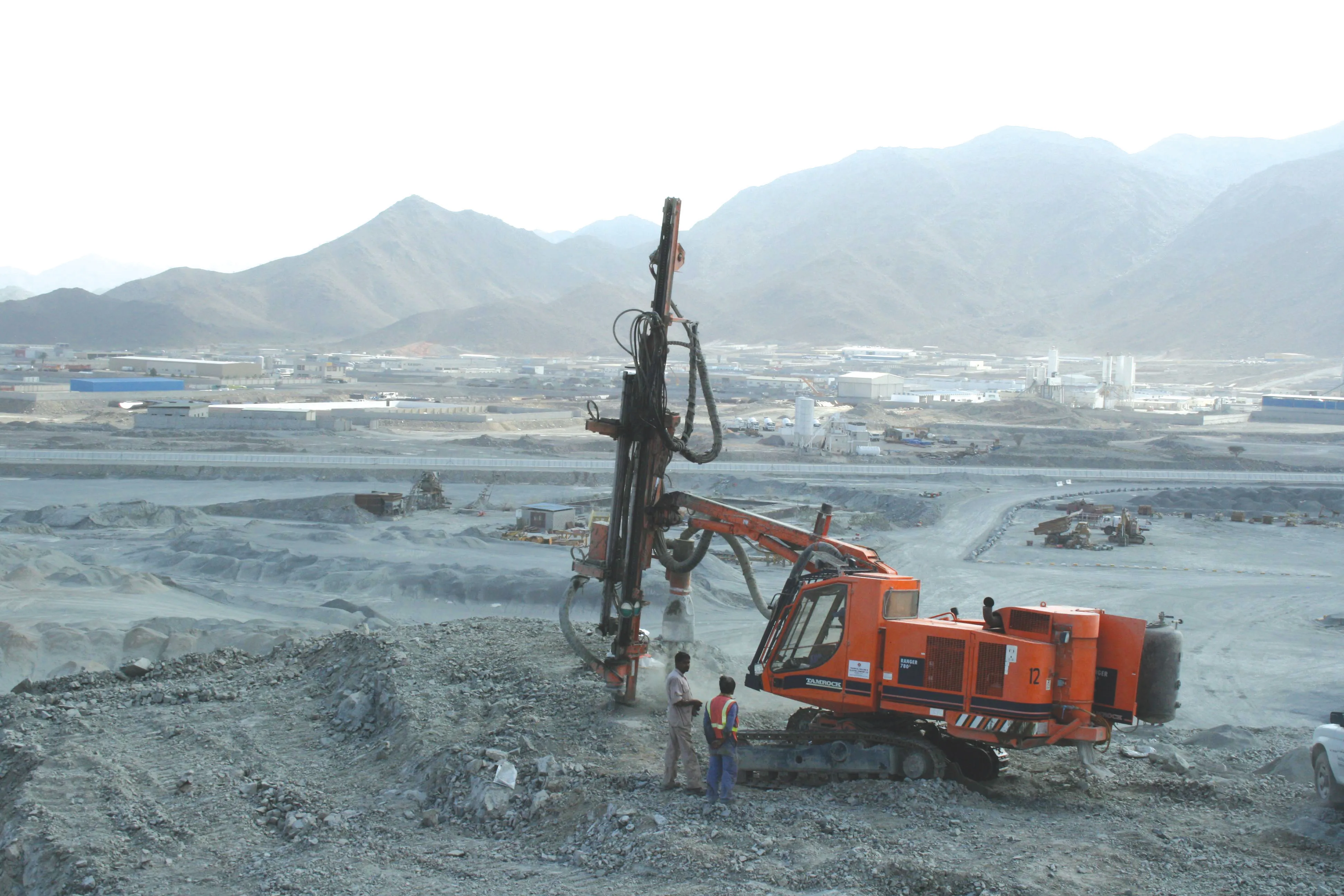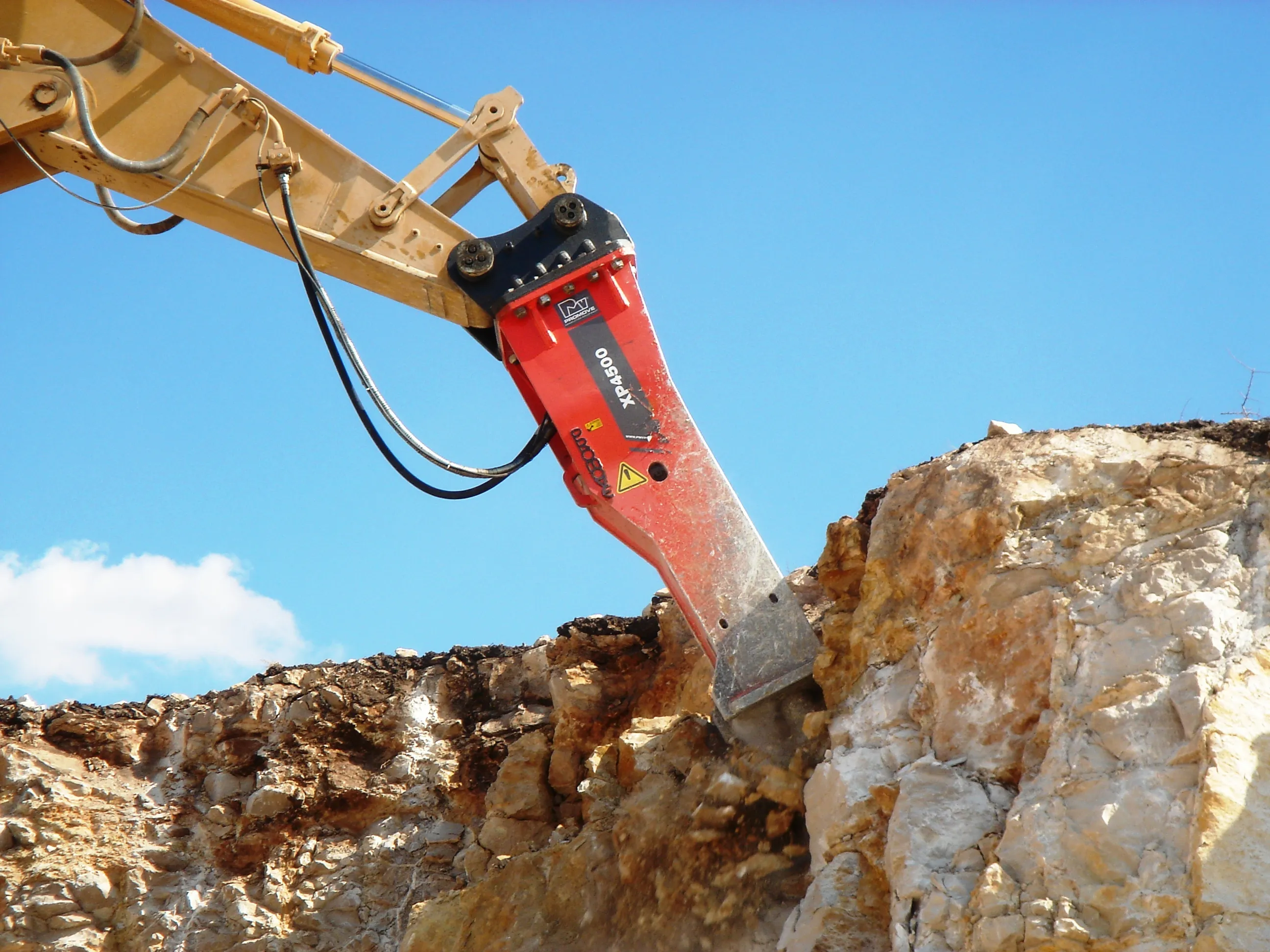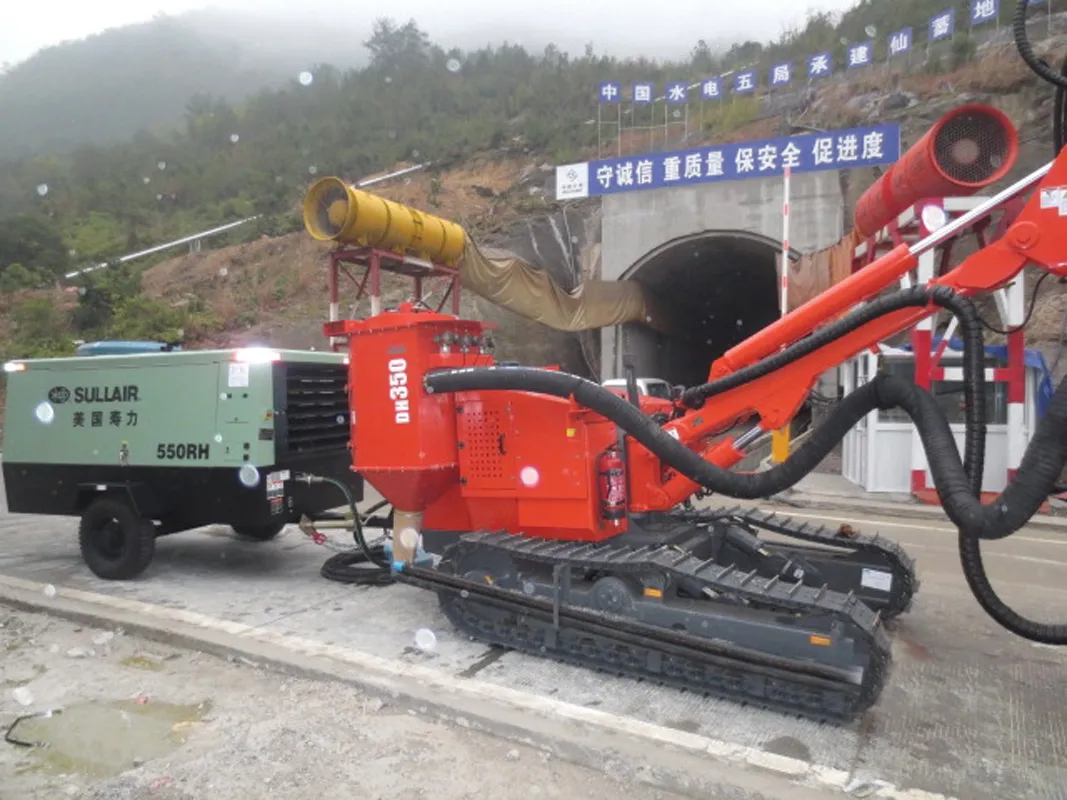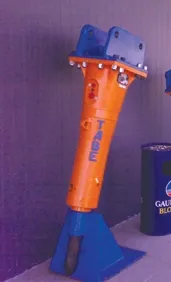Although construction projects in Dubai and Abu Dhabi demand large volumes of aggregates, many quarries in those regions are being closed by authorities. Much of the demand is being met by quarries in the Emirate of Fujairah which are fast becoming the regions' 'bread basket' for gabbro aggregates.
Meeting this demand is a challenge for these quarries and contract drilling and blasting teams are proving essential, as is investment in productivity-enhancing technology. Fujairah-based Technical Drilling and
April 12, 2012
Read time: 2 mins

RSS
Meeting this demand is a challenge for these quarries and contract drilling and blasting teams are proving essential, as is investment in productivity-enhancing technology. Fujairah-based Technical Drilling and Blasting Company is one of the contractors gaining from this demand and has just standardised its operations to improve its productivity.
Despite the economic slowdown, the contractor reports that demand for drilling and blasting services remains high and it is one of five organisations operating in Fujairah. The company attributes the demand to the quality of the gabbro in the region with a typical density of 3tonnes per m³ and a 61% silica content. The Technical Drilling and Blasting Company has said that there is currently an almost continuous stream of trucks carrying aggregates travelling over the Hajjar Mountains from Fujairah to other UAE regions.
To help meet this high demand, the company now uses325 Sandvik top hammer rock tools across all of its operations, which includes contracts for around 24 quarries in Fujairah. Technical Drilling and Blasting Company technical manager Bill Armstrong said that the company has a fleet of 16 surface top hammer drills and two down the hole rigs, of which nine are Sandvik units. "These are proving ideal in development and difficult to access areas of the quarry," he said.RSS
Although construction projects in Dubai and Abu Dhabi demand large volumes of aggregates, many quarries in those regions are being closed by authorities. Much of the demand is being met by quarries in the Emirate of Fujairah which are fast becoming the regions' 'bread basket' for gabbro aggregates.
Meeting this demand is a challenge for these quarries and contract drilling and blasting teams are proving essential, as is investment in productivity-enhancing technology. Fujairah-based Technical Drilling and Blasting Company is one of the contractors gaining from this demand and has just standardised its operations to improve its productivity.
Despite the economic slowdown, the contractor reports that demand for drilling and blasting services remains high and it is one of five organisations operating in Fujairah. The company attributes the demand to the quality of the gabbro in the region with a typical density of 3tonnes per m³ and a 61% silica content. The Technical Drilling and Blasting Company has said that there is currently an almost continuous stream of trucks carrying aggregates travelling over the Hajjar Mountains from Fujairah to other UAE regions.
To help meet this high demand, the company now uses








